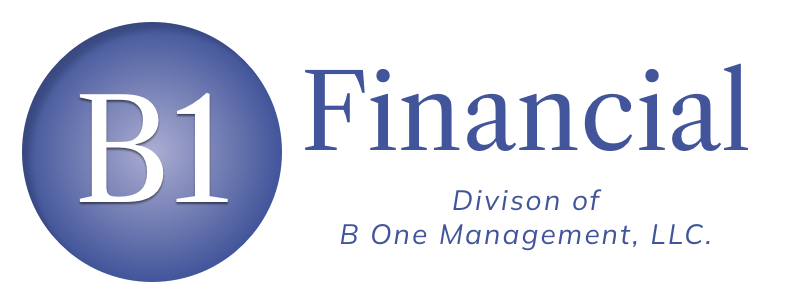With Tax Day fast approaching, it's time to take stock of opportunities to reduce your tax burden and grow your savings. Two often-overlooked tools—the Individual Retirement Account (IRA) and the Health Savings Account (HSA)—offer unique tax advantages that can make a significant impact on your financial health. Whether you're planning for retirement or managing healthcare costs, maximizing contributions to these accounts before April 15, 2025, is a step worth taking.
Contribute to Your HSA
Health Savings Accounts offer a range of benefits that extend beyond immediate tax relief. The triple tax advantage—tax-deductible contributions, tax-free withdrawals for qualified medical expenses, and tax-free growth—makes HSAs an appealing option for managing healthcare costs. For the 2024 tax year, the contribution limits are $4,150 for individual coverage, $8,300 for family coverage, and an additional $1,000 catch-up contribution for those 55 or older. Don't forget the April 15, 2025, deadline.
HSAs are versatile. Not only do they help cover short-term medical expenses, but they can also serve as a long-term savings vehicle. For instance, if your HSA funds are not immediately needed for healthcare costs, they can continue to grow and compound tax-free, potentially giving you a substantial nest egg for future medical needs. To make the most out of an HSA, consult a financial advisor or tax professional to ensure you're within the contribution limits and eligible to participate in this program.
Maximize Your IRA Contributions
The Individual Retirement Account remains a cornerstone of retirement planning with noteworthy tax incentives. For the year 2024, the contribution limit is $7,000 for individuals under the age of 50 and $8,000 for those 50 and older. Contributions not only bolster your retirement savings but can also reduce your taxable income, depending on your income and filing status.
Roth IRAs and Traditional IRAs come with different eligibility criteria and benefits, so it's crucial to determine which is right for you. Traditional IRA contributions may be tax-deductible, providing immediate tax savings, while Roth IRAs offer tax-free withdrawals in retirement. Verify your eligibility for these accounts to make an informed decision, and remember the contribution deadline is April 15, 2025.
Acting before the deadline allows you to take full advantage of these opportunities. Double-check your account balances and make your contributions today to avoid a last-minute rush. This proactive approach will set you up for better financial health in both the short and long term.

